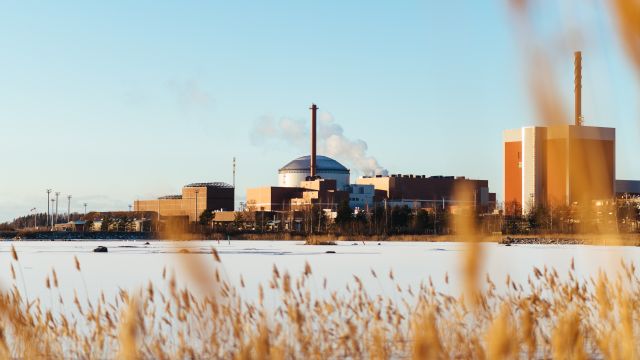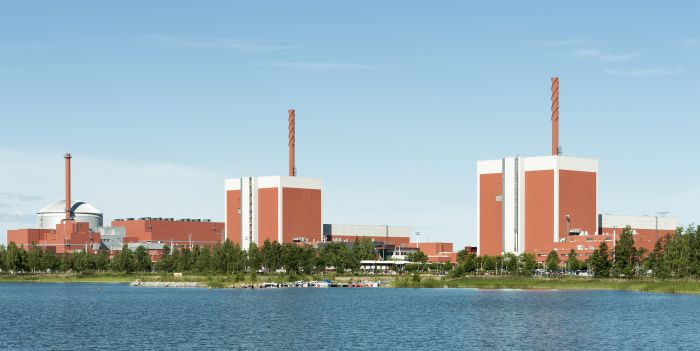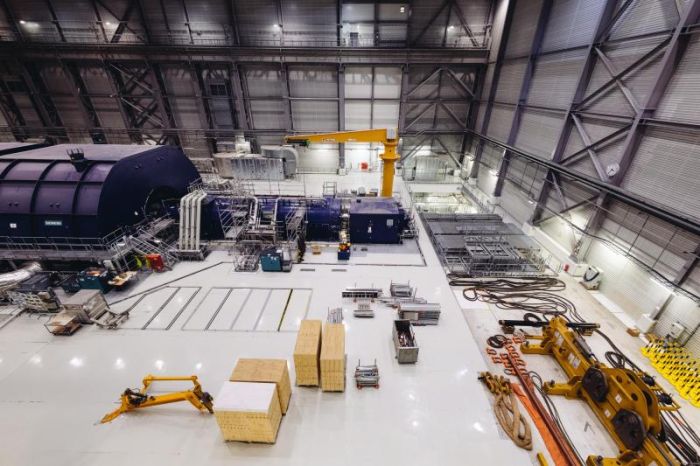
Finland's EPR "Olkiluoto-3" starts commercial operation
Milestones ans stumbling blocks
The contract to build the Finnish EPR was awarded to a consortium of the French Areva (now Framatome) and German Siemens AG (now Siemens Energy) at the end of 2003. The German Isar-2 plant and the French N4 plants were used as reference plants. The project started with the goal of completing the pressurised water reactor by 2009 at a total cost of about 3 billion euros. Construction work began in 2005, with Areva responsible for the nuclear and Siemens for the conventional part of the power plant.
The first delays already occurred at the beginning of the construction phase. For example, unsuitable concrete was used to lay the foundations. Numerous other technical problems in the following years repeatedly led to the originally planned date for commissioning having to be postponed. In addition, there were mutual claims for additional costs between the client and the contractor.
In March 2021, Olkiluoto-3 could finally be loaded with nuclear fuel for the first time. This meant that the NPP was considered structurally complete - more than ten years after the initially planned date. During the subsequent further commissioning, the reactor went critical for the first time on 21 December 2021 (see also glossary entry on "criticality"). In general, the commissioning of a NPP comprises several phases and can take several years. During this period, all components of a newly built NPP are tested in their intended function and, as the name suggests, "commissioned" for the first time. These components include, for example, the so-called loading machine in the containment, which is used for reloading the fuel assemblies.
The Finnish EPR was connected to the national grid for the first time during commissioning on 12 March 2022. Over a period of four months, the reactor's output was gradually increased (5 %, 30 %, 60 %) to 1,600 MW, which was reached in autumn 2022. During the period of trial operation, the operator did not yet receive any remuneration for the electricity fed into the grid. Even during this phase of commissioning, there were still several delays. In summer 2022, for example, foreign material was found in the turbine's steam reheater, which required repairs. Then, in the autumn of the same year, damage to the feedwater pumps was discovered, so that commissioning work could not be resumed until the end of 2022.
The last part of the commissioning process is the so-called trial operation phase. In simple terms, this involves demonstrating that the NPP can produce electricity in accordance with the grid operator's requirements and feed it into the grid.
With the start of commercial operation, Olkiluoto-3 will cover about 14 % of Finland's current electricity demand.
Special technical features of the EPR
Compared to NPPs such as those last operated in Germany (Generation II), the EPR is a so-called evolutionary concept and is classified as Generation III. This means that although the design is based on the technology of previous NPPs, the safety technology, among other things, has been further developed. For example, the EPR was designed to cope with a severe reactor accident with core meltdown (core catcher) without releasing any radioactivity into the environment.
In addition to safety, the development of the EPR focused in particular on economic efficiency. This was improved, among other things, by increasing the net output to 1,600 MW - compared to pressurised water reactors of the previous generation, which reached a maximum of 1,400 MW (e.g. Isar-2).
Nuclear power plants in Finland
Olkiluoto is one of two sites where Finland operates nuclear power plants. In addition to Olkiluoto-1 and -2 - both Swedish-designed boiling water reactors belonging to the energy company TVO - Fortum Power operates two Russian-designed pressurised water reactors in Loviisa. Olkiluoto-3 is the fifth reactor to be added to Finland's nuclear fleet. This is the first European Pressurised Water Reactor (EPR) to start commercial operation in Europe. Two EPRs have already started commercial operation in China, in 2018 and 2019, respectively.

